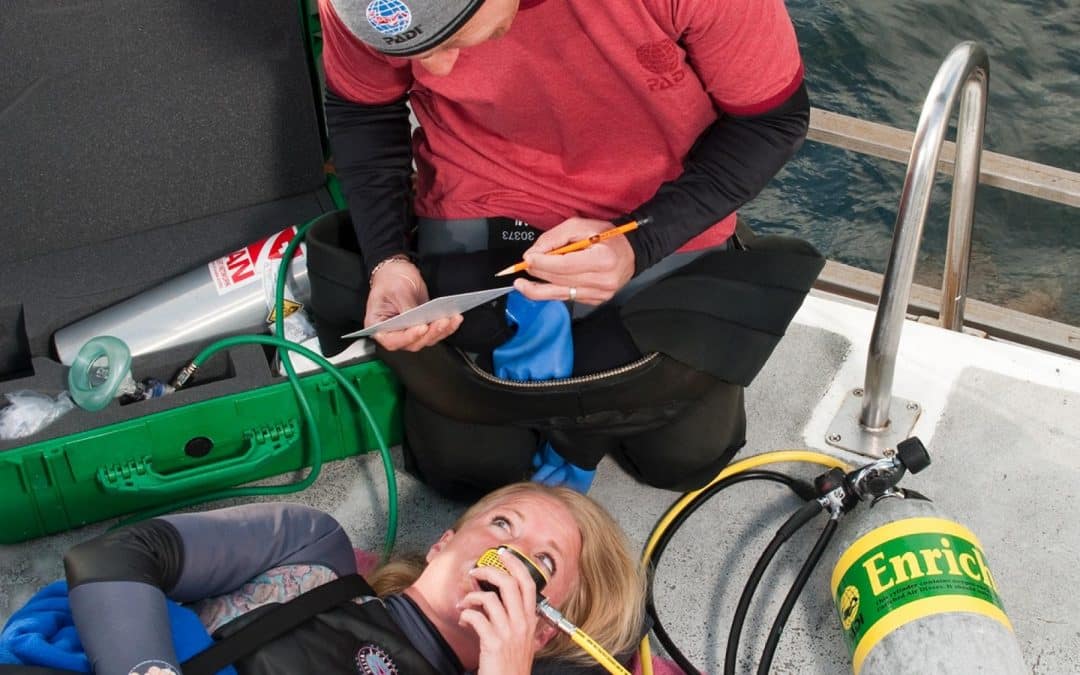You are planning an excursion that will have an evacuation time of 2 days. You are located on a research vessel in the pacific ocean. You have been assigned as the Medical Officer. You do not have a chamber accessible, but was informed that you could bring oxygen aboard. However, they do not have storage large enough for an H-cylinder, so your only option is Ds, Super Ds, or Es. For this problem, let us use the E-cylinder.
How many bottles do we take? How can we conserve O2? When is that Oxyhemaglobin disassociation curve, I heard it was important!
First Math. An E-cylinder is pressurized to 2200 PSI, unlike a scuba tank, we are more concerned about Litres than PSI. So a standard E-cylinder has a volume of 660L.
Next we must consider what deliver method we should use. A Nasal Cannula flow rate is 1-6L/min, Simple Mask flow rate is 6-8 L/min, Non-rebreather 10 L/min, BVM 10-15 L/min. Ok, I am sure that some of you are looking up these numbers in the text, but these are good (go by) numbers. So, lets plan for worst case scenario: A diver requires O2 at the end of the dive and the vessel departs for the home station (2 days away). If you are bagging the patient at a flow rate of 10L/ min, how many E-cylinders are required?
Show your work:
660 L (E-cylinder capacity) / 10L/min = 1.1 hours til tank is empty
48 hours til higher level of care….. So 48 hours/ 1.1 hours = 43.63333 tanks, so 44 E-cylinders required. (7.5lbs each) total 330lbs
But what if I had an H-cylinder?…. Well they hold 7100 L. So lets do the math. 7100L / 10L/min = 11.8888 Hours until tank is empty.. so for 48 hours, we need 4.033 tanks. (Is this a reasonable request?
Weight (140lbs each) total 560lbs

